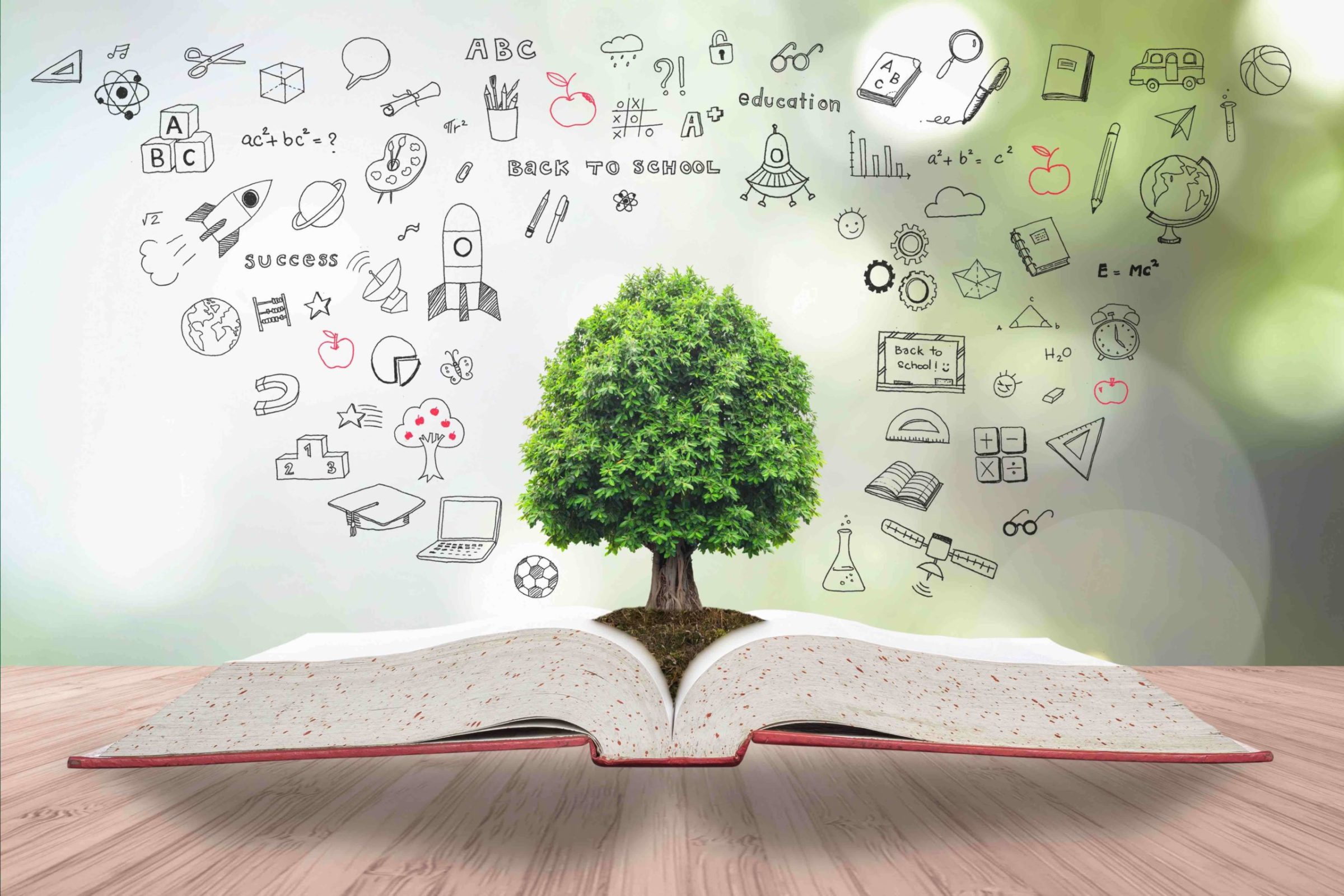In What is the least common multiple of 3, 6, and 7? today’s interconnected world, student neighborhoods play an essential duty in shaping academic and individual experiences.

These areas are not just collections of individuals yet are dynamic ecosystems that promote development, learning, and cooperation amongst students. They differ extensively in kind and feature, from campus-based groups to global on-line forums, each offering unique possibilities for engagement and growth.
Whether you are tipping onto an university school for the very first time or engaging in online understanding settings, recognizing the framework and benefits of student communities can significantly improve your academic trip. This write-up looks into the significance of pupil areas, checking out how they operate, the advantages they offer, and the ways in which they can be leveraged for individual and academic success.
Recognizing Pupil Neighborhoods
Student communities are fundamental to the academic experience, working as both social and instructional support systems. At their core, these communities are teams formed naturally by pupils that share usual passions, objectives, or disciplines. They can be casual, such as study groups, or formal, like trainee unions and clubs.
These communities are identified by a common identity and the cumulative pursuit of knowledge, abilities, and experiences. They function as systems for trainees to connect, team up, and add to each other’s growth, extending past academic boundaries to affect personal advancement and neighborhood engagement.
In essence, pupil neighborhoods are microcosms of larger societal frameworks, where management abilities are honed, concepts are traded, and long-lasting relationships are developed. The interactions within these neighborhoods show a diverse mix of social, intellectual, and social characteristics.
- Networking Opportunities: Pupil neighborhoods supply a network of peers and coaches that can supply assistance and support.
- Skill Development: Participating in community tasks helps trainees develop important skills such as interaction, leadership, and synergy.
- Source Gain access to: These neighborhoods frequently provide accessibility to academic resources, consisting of study products and professional suggestions.
- Social Interaction: They offer a system for social communication, relieving the transition right into new scholastic atmospheres and helping to deal with isolation.
With these numerous features, student communities come to be important to the all natural growth of pupils, laying a foundation for future professional and individual success.
The Benefits of Taking Part In Trainee Neighborhoods
The advantages of taking part in pupil areas are complex, impacting both academic and individual rounds.

On an academic degree, these areas encourage collaborative discovering, permitting students to benefit from varied point of views and experience. Sharing knowledge and sources within a community can cause more efficient knowing results and boosted academic efficiency.
Furthermore, trainee neighborhoods supply a platform for individual development and self-discovery. By engaging with peers from different backgrounds and disciplines, students gain a more comprehensive worldview, boosting their cultural skills and empathy. This direct exposure to varied viewpoints is invaluable in developing vital reasoning and analytic skills.
Additionally, energetic participation in community tasks can increase students’ self-confidence and student community self-worth. Handling management functions or taking part in conversations and events fosters a sense of success and belonging, which is important for total health and motivation.
Kinds Of Pupil Neighborhoods
Pupil neighborhoods been available in different forms, each catering to various passions and objectives. These can be extensively classified into academic, cultural, recreational, and professional communities, to name a few. Each type provides special systems and possibilities for pupil involvement.
- Academic Communities: These are normally focused around certain fields or scholastic passions. Instances include study hall, honors cultures, and department clubs.
- Cultural Communities: These teams concentrate on advertising social recognition and diversity, frequently organizing events and activities to celebrate numerous customs.
- Leisure Communities: These consist of sporting activities teams, leisure clubs, and hobby-based teams that supply a break from academic rigors and promote physical and psychological health.
- Expert Areas: These are focused on occupation growth, offering networking chances, workshops, and mentorship programs to prepare students for the professional globe.
By determining and involving with the ideal areas, pupils can customize their university experiences to align with their interests and job aspirations, paving the way for a meeting scholastic trip.
Building a Prospering Pupil Area
Creating and maintaining a flourishing pupil area calls for effort and collaboration from both trainees and schools. It begins with promoting an inclusive environment where all students feel welcomed and valued no matter their histories.
Establishments can sustain this by giving resources and facilities that encourage communication and participation. This includes creating physical spaces like trainee unions and on the internet systems that help with interaction and partnership. Additionally, organizing occasions, workshops, and workshops can even more improve engagement, supplying pupils with chances to attach and learn from each various other.
Leadership and Trainee Participation
Reliable leadership is critical in nurturing a successful student area. Management functions within these communities offer trainees a chance to establish and show their business and interpersonal abilities. Trainees who think these duties contribute significantly to establishing the tone and direction of their neighborhoods, affecting their peers positively.
Encouraging management and energetic involvement amongst pupils not only enhances the neighborhood but also empowers people, preparing them for future challenges. By fostering a culture of cooperation and support, student areas can grow, leaving a long-term effect on their participants and the academic setting as a whole.
